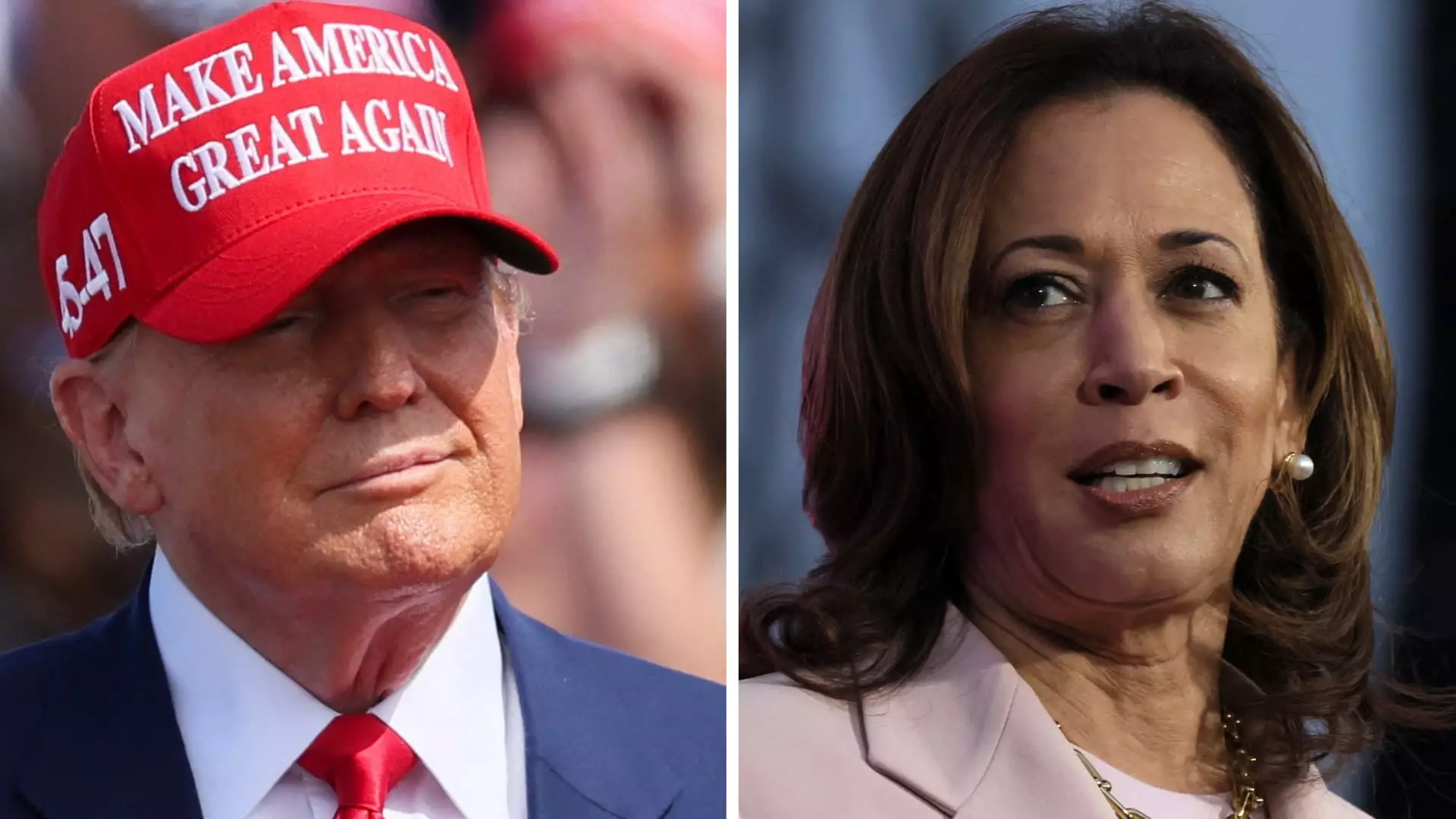When comparing the economic proposals of former President Donald Trump and Vice President Kamala Harris, it is evident that there are significant differences in their approach. According to studies by the nonpartisan Penn Wharton Budget Model, Trump’s proposals would increase federal deficits by $5.8 trillion over the next decade, while Harris’ proposals would add $1.2 trillion. The Trump report highlights that his plan to extend the 2017 tax cuts permanently would contribute over $4 trillion to deficits in the next 10 years. Additionally, his proposal to eliminate taxes on Social Security benefits comes with a $1.2 trillion price tag, and further reduction in corporate taxes would add nearly $6 billion. On the other hand, the Harris analysis indicates that her plan to expand tax credits and create a subsidy for first-time homebuyers would raise deficits by $2.1 trillion. However, raising the corporate tax rate to 28% could offset some of these costs by $1.1 trillion.
Harris has also expressed support for the revenue raisers proposed in President Joe Biden’s budget, totaling $5 trillion for the 2025 fiscal year. While these revenue streams could help fund her spending initiatives, they come with the caveat of requiring congressional approval. Conversely, Trump has suggested funding his agenda through tariffs, such as 10% tariffs on all imports and 60% tariffs on Chinese imports. These measures could potentially generate $2.5 trillion in revenue, according to Moody’s Chief Economist Mark Zandi. However, economists caution that such aggressive tariff policies could reignite inflation, offsetting any potential economic benefits in the long term.
The economic proposals put forth by Trump and Harris have become a focal point in their respective campaigns, with both sides attempting to portray the other as an economic threat. The Harris campaign has criticized Trump’s economic agenda, labeling it as an “inflation and deficit bomb” that disproportionately burdens the middle class. Conversely, the Trump campaign has defended the former president’s economic record, touting his success in building a strong economy prior to the pandemic. As the campaigns intensify their efforts to win over voters, the economic platform of each candidate will continue to be a significant point of contention.
The economic proposals of Donald Trump and Kamala Harris offer contrasting approaches to fiscal policy and deficit management. While Trump’s agenda focuses on tax cuts and tariffs as a means of generating revenue, Harris’s plan emphasizes tax credits and subsidies to stimulate economic growth. As the presidential campaign unfolds, the economic platforms of each candidate will play a crucial role in shaping the future direction of the country’s economy. Voters will ultimately decide which vision aligns with their priorities and values, determining the path forward for the nation’s economic policy.


Leave a Reply